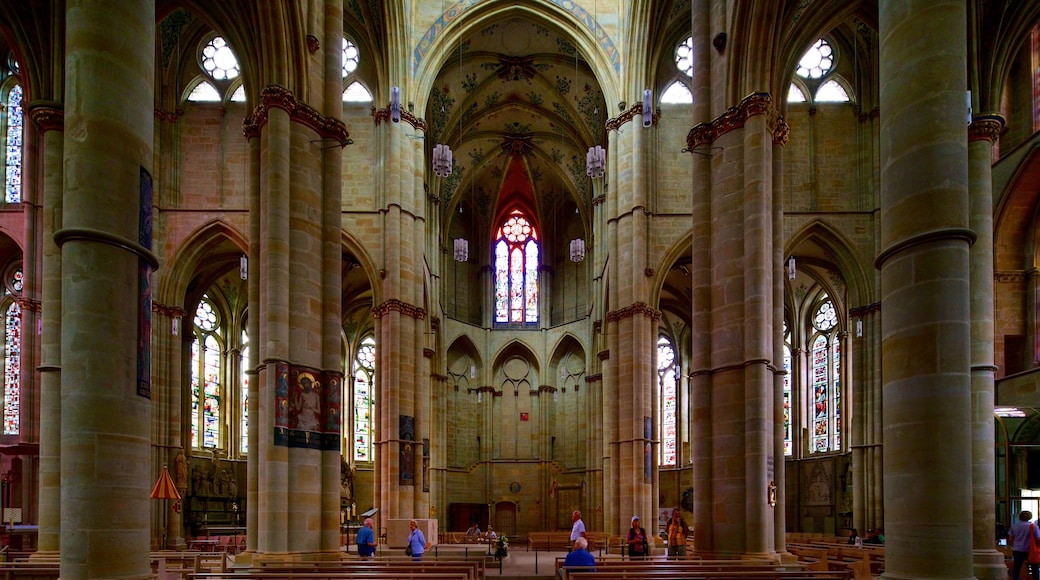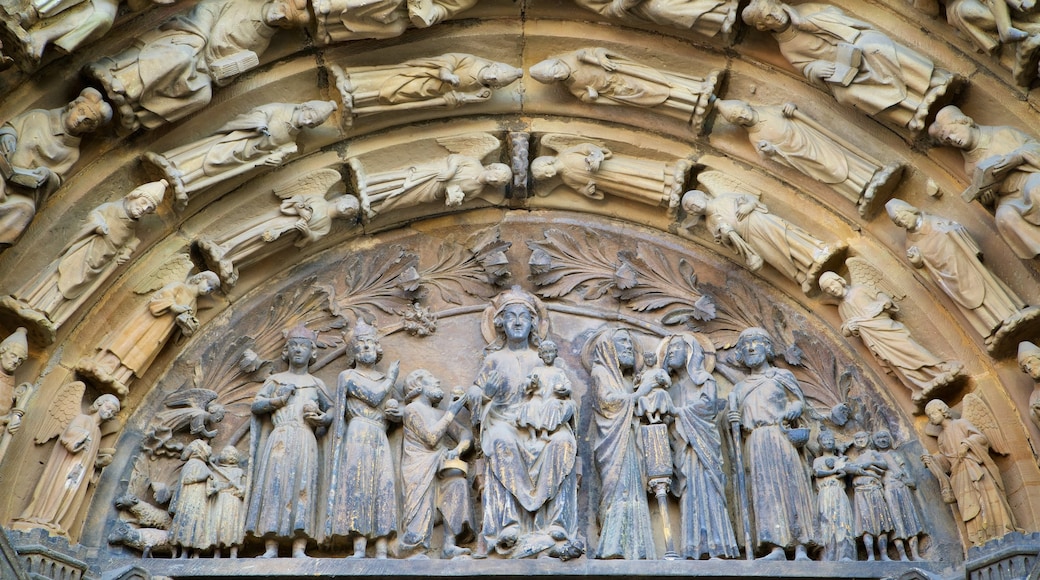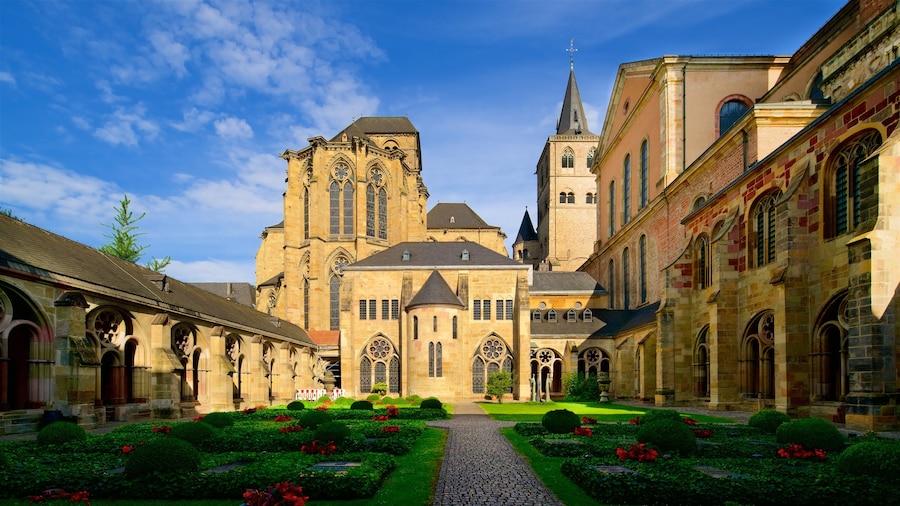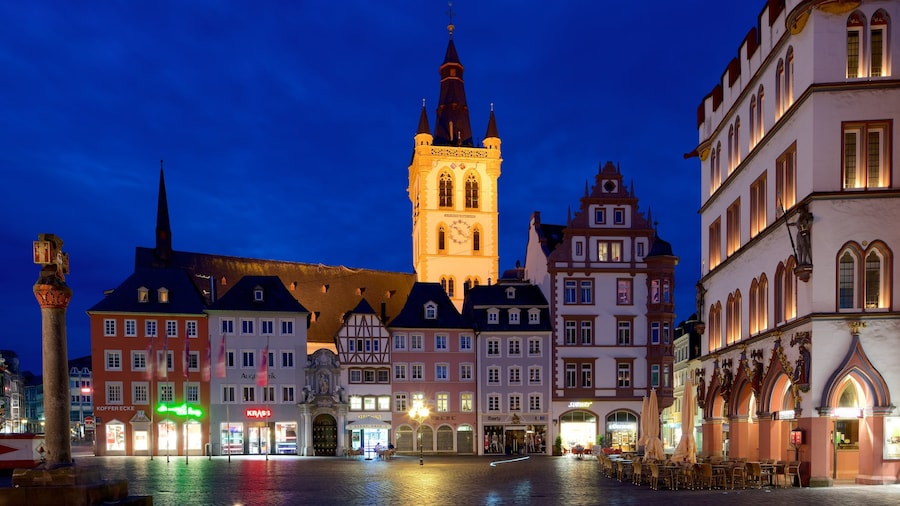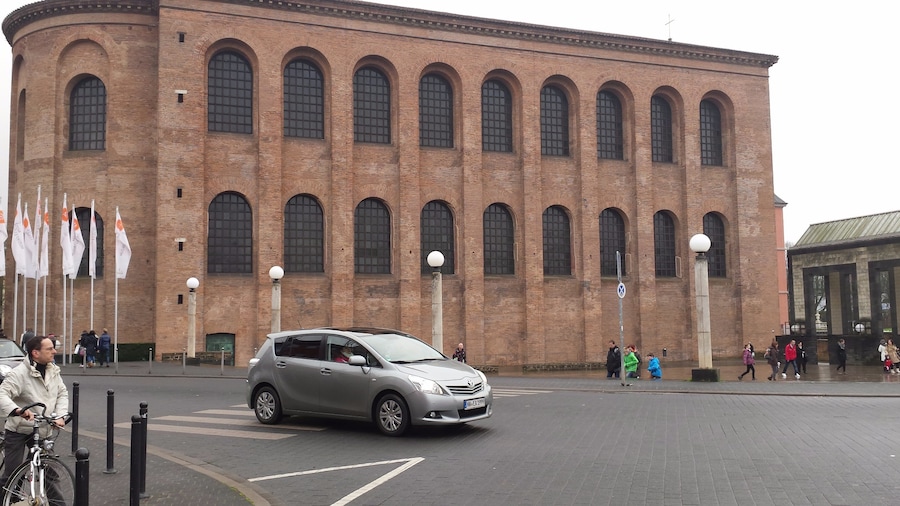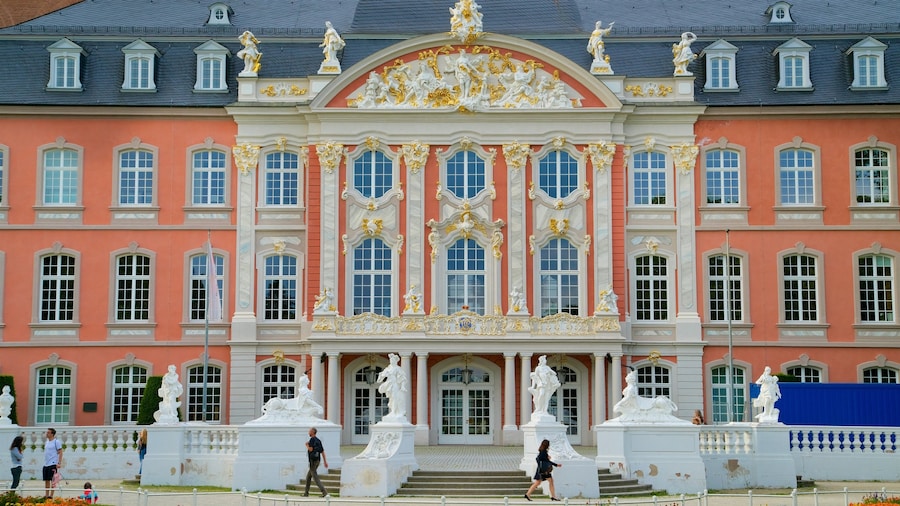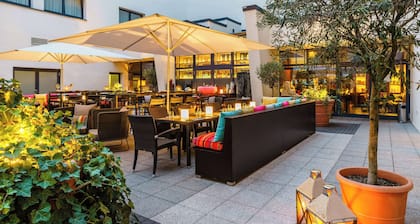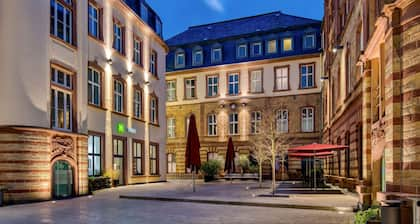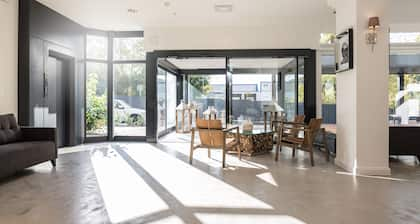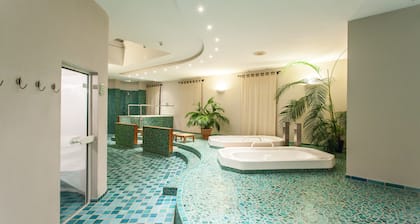The Church of Our Lady (Liebfrauenkirche) is known for its remarkable cruciform floor plan and large decorated pillars. As the earliest Gothic church in the country, this 13th-century gem is an important historic relic. Consider the rich history of this medieval structure that has survived many centuries.
Admire the intricate features of the façade and capture photos of its rose windows and arches. Enter the church and notice the Greek cross shape leading to the nave. The floor plan resembles a twelve-petaled rose, which is a symbol of the Virgin Mary.
See the high altar and the 12 circular columns supporting the structure. Inspect the paintings of the Twelve Apostles on these pillars. A black stone marks a spot from which you can see all of these column paintings at one time.
Appreciate the spacious, airy feeling generated by the daylight permeating the high windows. Look for the tomb of local 17th-century nobleman Karl von Metternich. At the back of the church are cloisters, where you will find wonderful sculptures as well as tombs of other notable figures. Wander through the courtyard in winter, when snow creates a serene and picturesque setting.
The church was built from 1230 to 1260 atop a former Roman church. It was damaged during World War II, before being restored to its current splendor. Note how the Gothic design of the building creates a contrast with the adjacent Romanesque Cathedral of Trier (Trierer Dom).
Visit the church between morning and early evening on any day of the week. It is free to enter.
The Church of Our Lady (Liebfrauenkirche) is in the historic center of Trier. Arrive at the Trier Hbf train station and walk a short distance to this religious institution. See other sights in the region, such as the Cathedral of Trier, the Marktbrunnen fountain and the Konstantin Basilica.

